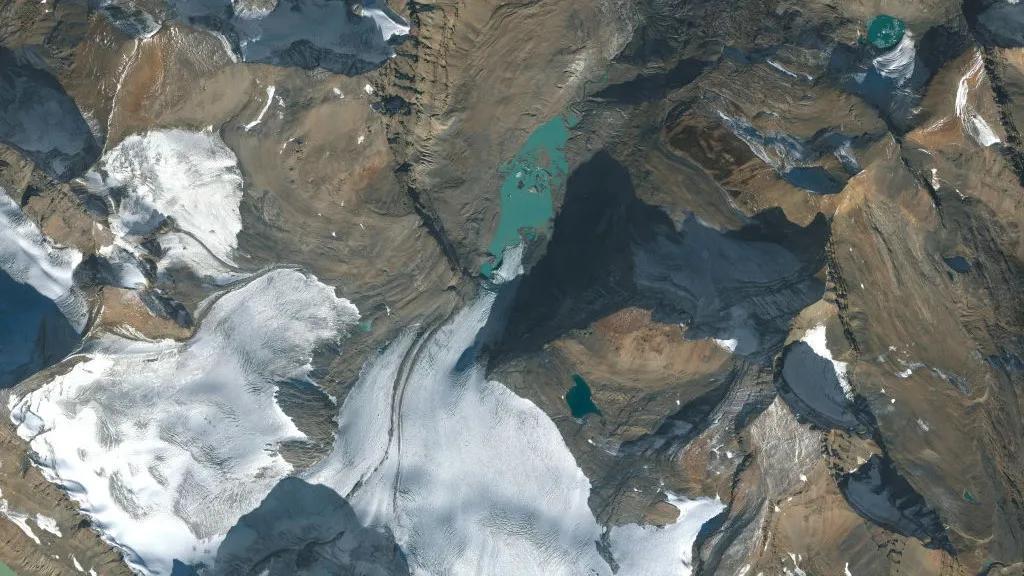
North America & Europe’s Glaciers Lost Unprecedented Ice in 4 Years: Study
The world’s glaciers are melting at an alarming rate, and a recent study has shed light on the shocking extent of ice loss in just four years. According to the research, glaciers in Washington, Montana, British Columbia, Alberta, and the Swiss Alps lost an unprecedented amount of ice between 2021 and 2024.
The study, published in the journal Geophysical Research Letters, found that the rate of glacier ice loss has accelerated significantly since 2021. In fact, the researchers discovered that the amount of ice lost between 2021 and 2024 was twice the amount recorded from 2010 to 2020.
The findings are a stark reminder of the urgent need to address climate change and its devastating impacts on the environment. The study’s results are based on satellite imagery and ground-based measurements, which provide a comprehensive picture of glacier ice loss in North America and Europe.
Glacier Ice Loss in North America
In North America, the study found that glaciers in Washington, Montana, British Columbia, and Alberta lost an average of 24.5 billion tons of ice per year between 2021 and 2024. This is a significant increase from the 12.2 billion tons per year recorded between 2010 and 2020.
Washington’s glaciers, which cover a significant portion of the state’s terrain, lost an estimated 14.4 billion tons of ice per year on average. Montana’s glaciers, which are primarily located in the state’s western and central regions, lost around 4.3 billion tons per year. British Columbia’s glaciers, which stretch across the province, lost an average of 5.6 billion tons per year, while Alberta’s glaciers lost around 4.1 billion tons per year.
Glacier Ice Loss in the Swiss Alps
Meanwhile, glaciers in the Swiss Alps lost an average of 1.7 billion tons of ice per year between 2021 and 2024. This is a significant increase from the 0.8 billion tons per year recorded between 2010 and 2020.
The Swiss Alps, which are home to some of the most iconic glaciers in Europe, have been experiencing rapid ice loss in recent years. The study found that many of the region’s glaciers have lost up to 30% of their ice mass since the 1980s.
Impacts of Glacier Ice Loss
The loss of glacier ice has significant implications for the environment, ecosystems, and human societies. Glaciers play a crucial role in regulating global sea levels, influencing regional climate patterns, and providing freshwater sources for millions of people.
As glaciers melt, they contribute to sea-level rise, which poses a significant threat to coastal communities, cities, and ecosystems around the world. Additionally, the loss of glacier ice can disrupt regional climate patterns, leading to changes in precipitation patterns, temperature fluctuations, and increased risk of natural disasters.
Conclusion
The study’s findings are a stark reminder of the urgent need to address climate change and its devastating impacts on the environment. The rapid loss of glacier ice in North America and Europe is a clear indication of the pace and scale of climate change.
As we move forward, it is essential that we work together to reduce greenhouse gas emissions, transition to renewable energy sources, and adopt sustainable practices. By taking immediate action, we can mitigate the worst effects of climate change and preserve the world’s glaciers for future generations.
Source:
https://agupubs.onlinelibrary.wiley.com/doi/10.1029/2025GL115235






